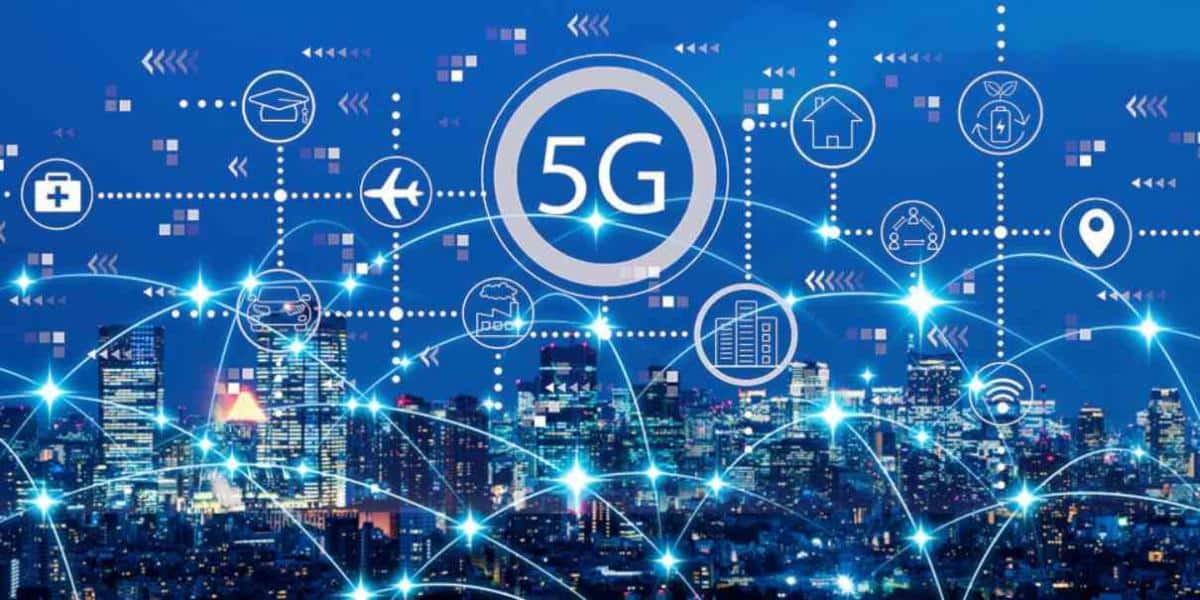Smart networks, automated operations, and new business models: the impact of artificial intelligence on the 5G ecosystem is already underway
Artificial intelligence (AI) and 5G technology are driving a profound transformation in the telecommunications sector. These two technologies, which only a few years ago were progressing along parallel paths, are now converging to shape intelligent, self-optimizing networks capable of dynamically adapting to the needs of users, businesses, and critical infrastructures.
According to industry experts, this convergence not only marks a new era for mobile operators, service providers, and device manufacturers but represents a turning point for the digital economy as a whole.
AI + 5G: The Birth of a Smarter Network
The advent of 5G brought about a revolution in terms of speed, latency, and connectivity capacity. However, it is artificial intelligence that is enabling these networks to evolve into predictive, resilient, and adaptable models, capable of anticipating failures, automatically redirecting traffic, and improving user experience without direct human intervention.
This translates into greater network availability, improved operational efficiency, and cost reductions, which are crucial factors in a highly competitive sector.
Automation and Resilience: The New Standard
AI is already being implemented in key tasks for managing mobile and broadband networks. Where manual detection and resolution of outages or congestion used to be necessary, today machine learning algorithms identify anomalous patterns, propose real-time configuration adjustments, and execute automated solutions before the user perceives an interruption.
This shift is not just technical but also strategic: companies that integrate AI early gain a competitive advantage and accelerate their digital transformation, while those who opt for a “wait and see” approach risk falling behind.
A Transforming Ecosystem
The technological ecosystem surrounding this convergence is in a state of full steam. Operators such as AT&T, Verizon, T-Mobile, and Comcast are actively investing in the integration of AI into their 5G networks. At the same time, manufacturers like Cisco, Nokia, Ericsson, and Qualcomm are developing the infrastructures that make this possible, while companies like Apple, Samsung, and Google are incorporating AI capabilities directly into their devices.
Moreover, innovation is not limited to major players. Small and medium-sized enterprises are launching AI-based services that transform traditional models. A recent example is RedChip, which has launched RedChat, an AI-assisted investment service designed to analyze small-cap stocks. This case demonstrates that agility and adaptability will be key to leading in this new phase.
Beyond Technology: New Business Models
The convergence of AI and 5G is not limited to technical aspects. It is giving rise to new business models in sectors such as healthcare, transportation, e-commerce, agriculture, and education, where smart networks enable the delivery of personalized, real-time, and data-driven services.
For instance, in healthcare, AI combined with 5G connectivity allows for remote patient monitoring, predictive diagnostics, and real-time assisted surgery, while in logistics, routes are optimized, warehouses are automated, and supply chain failures are predicted.
A Race Against Time
The pace of change driven by artificial intelligence is unprecedented. Just two years ago, many major companies were still debating whether to allow the use of generative tools like ChatGPT among their employees. Today, these technologies are at the heart of their transformation plans.
The lesson is clear: the leaders of the future will be those who act quickly and intelligently. Understanding the potential of AI and 5G, and knowing how to integrate them strategically, will be a necessary condition for competing in the consolidating digital environment.
The rules of the game are changing, and those who adapt quickly will define the path for the next technological decade.
Source: Tech News

